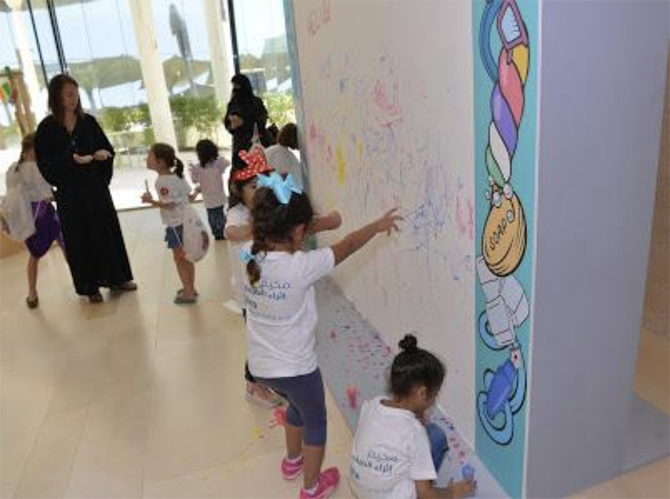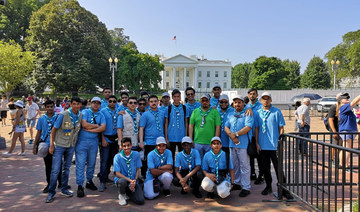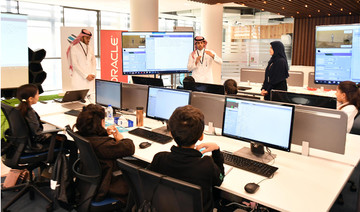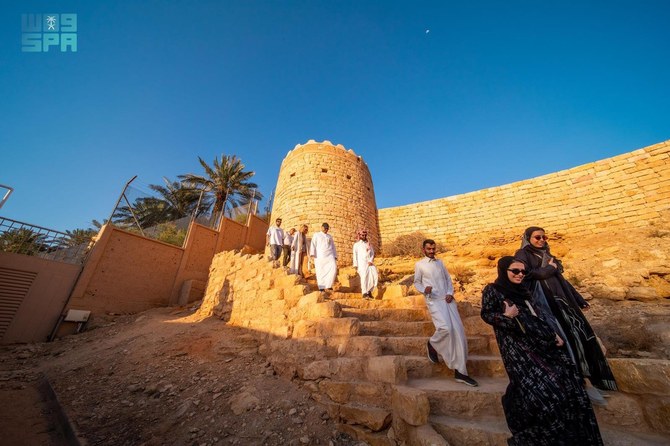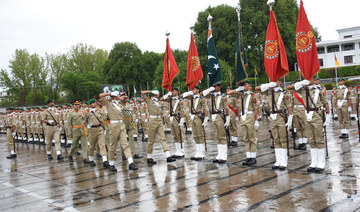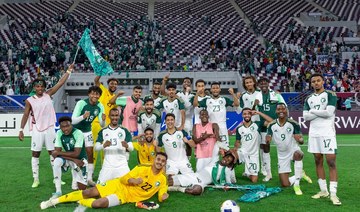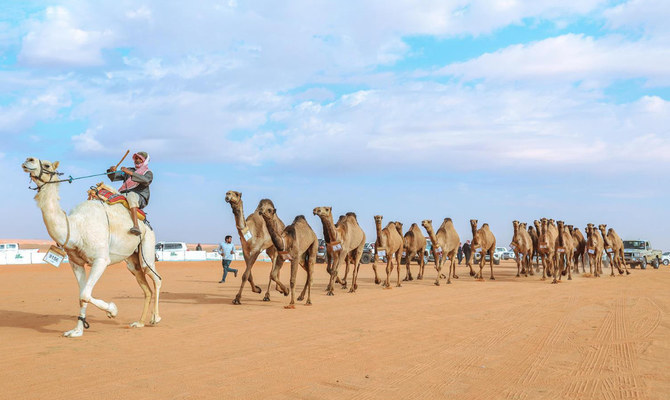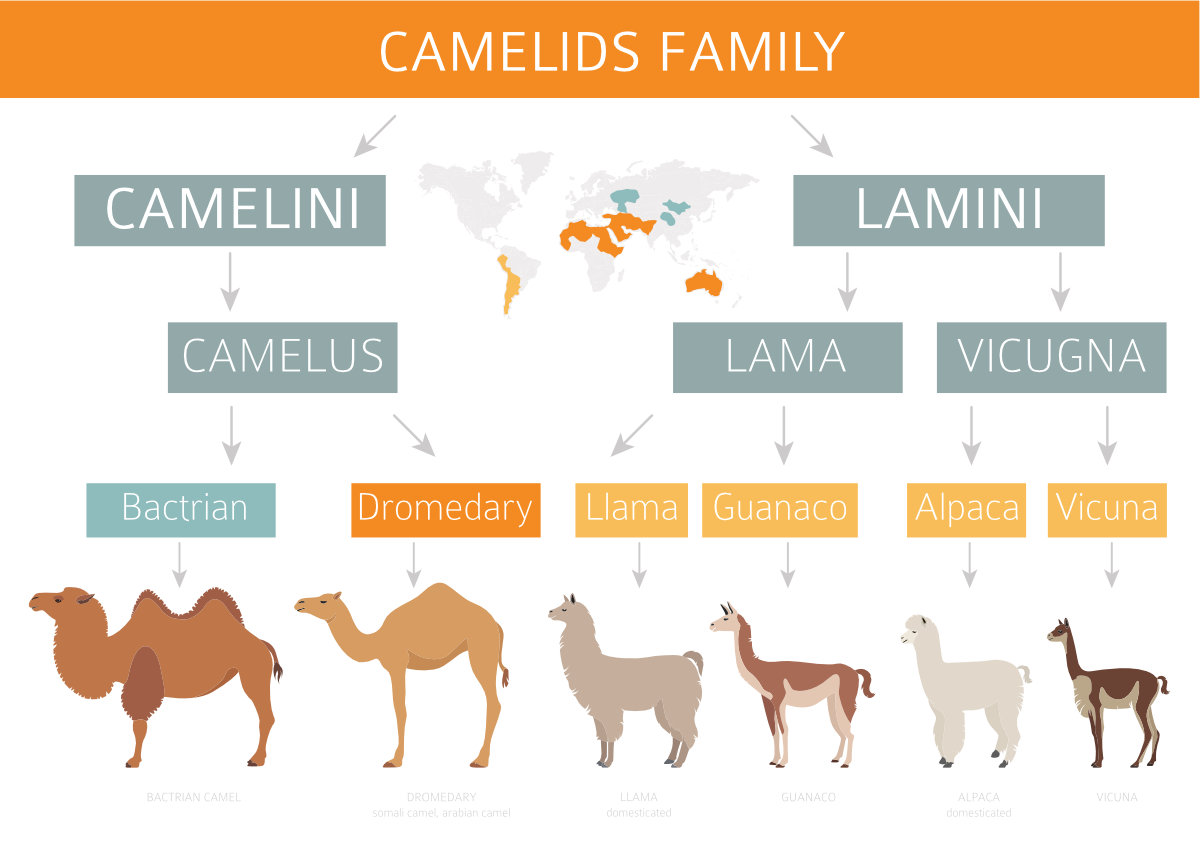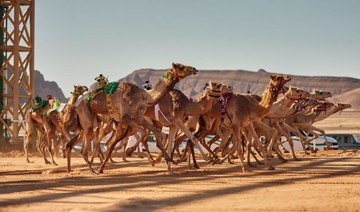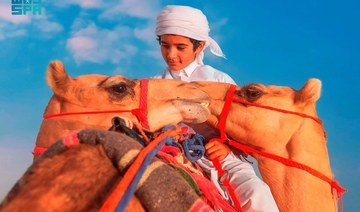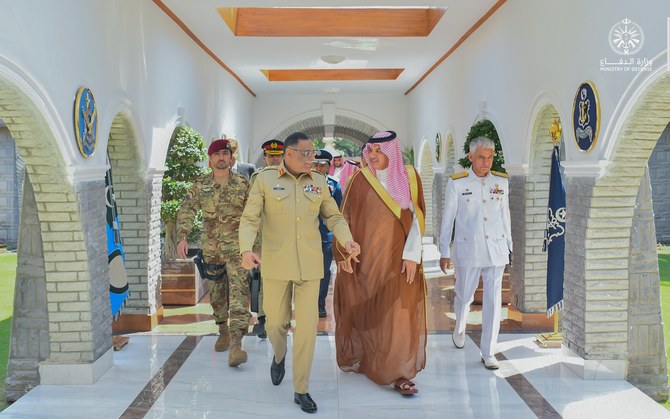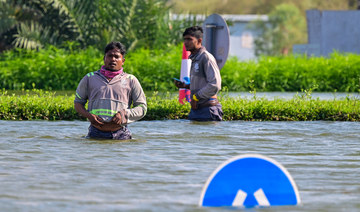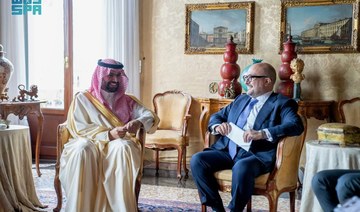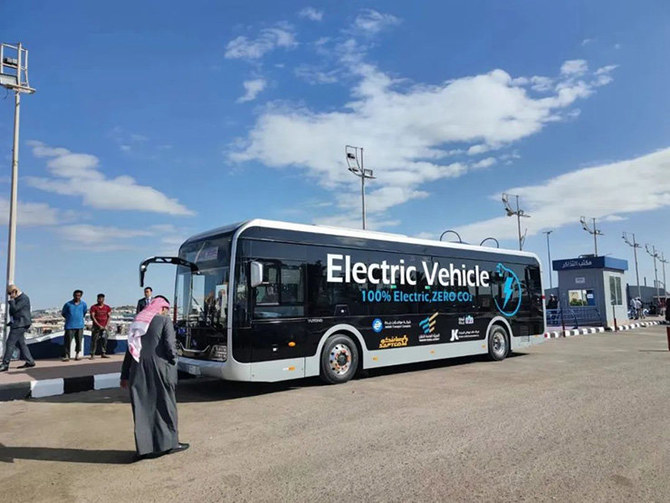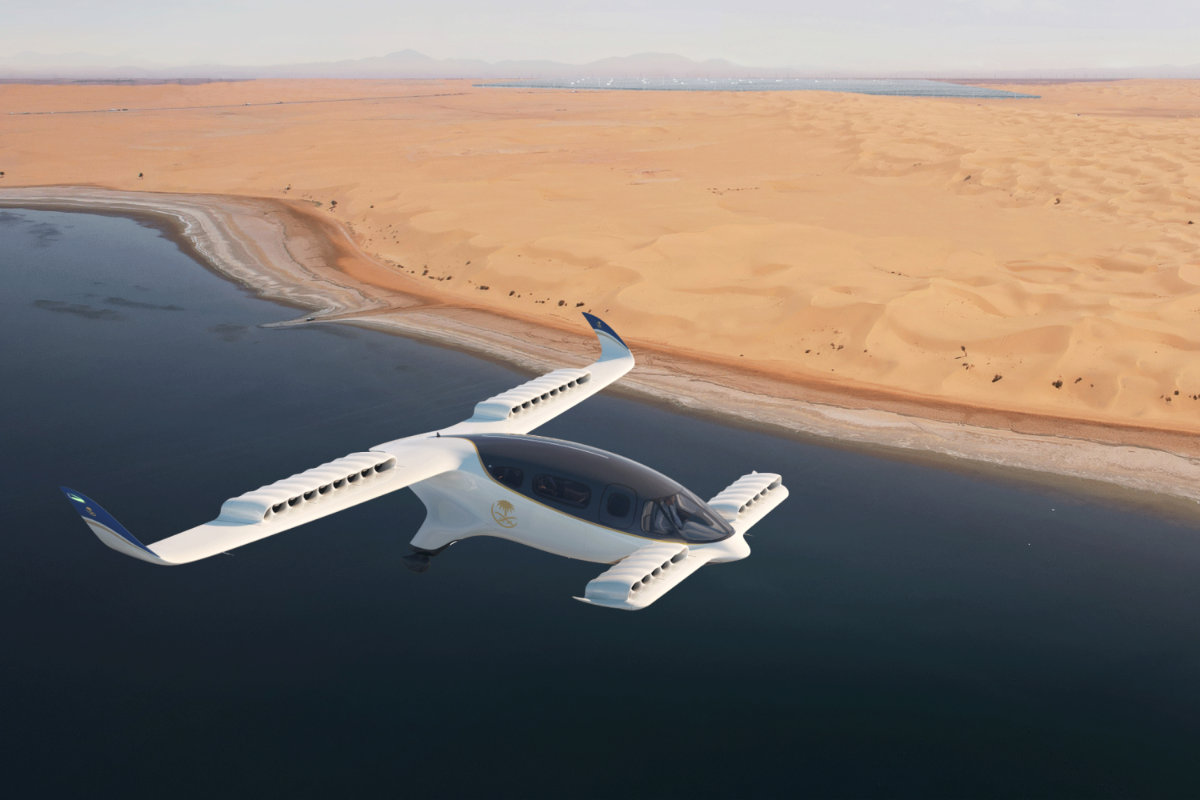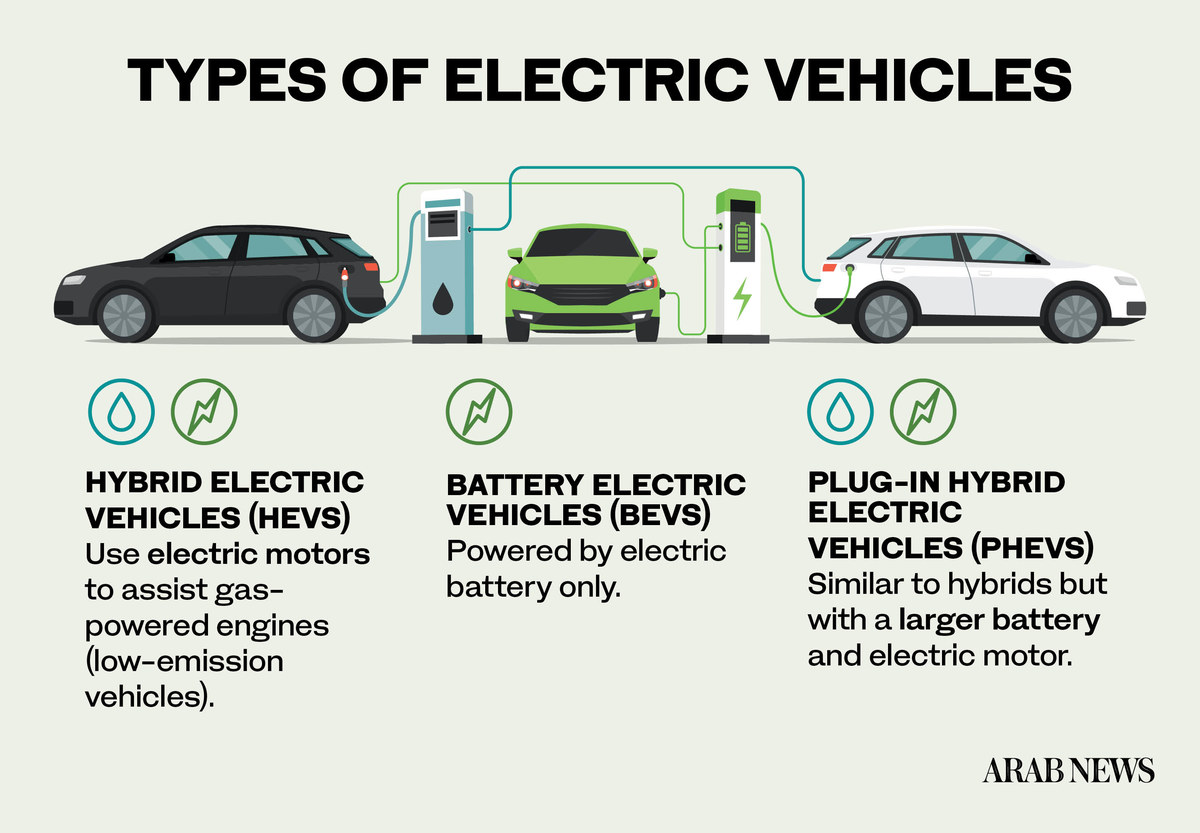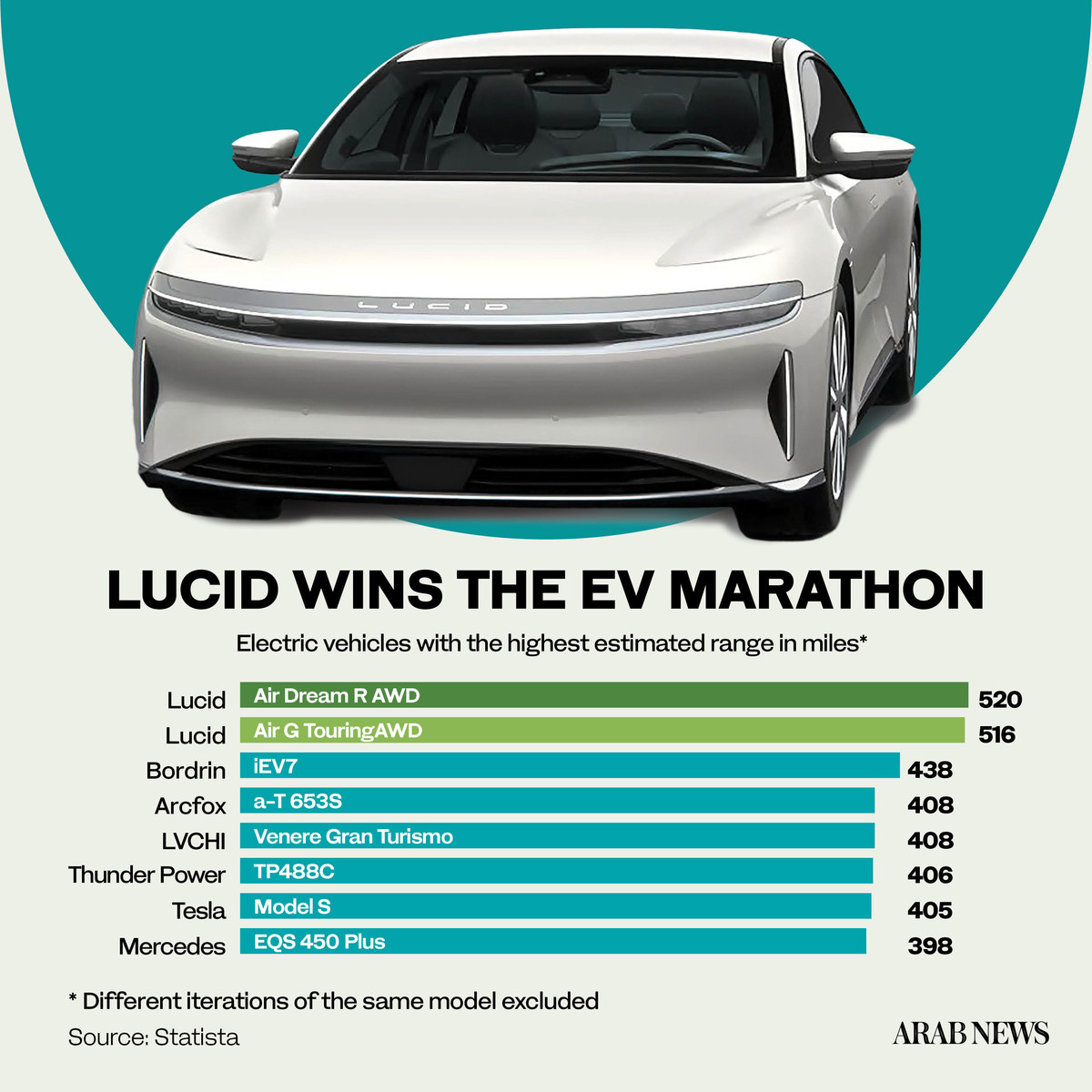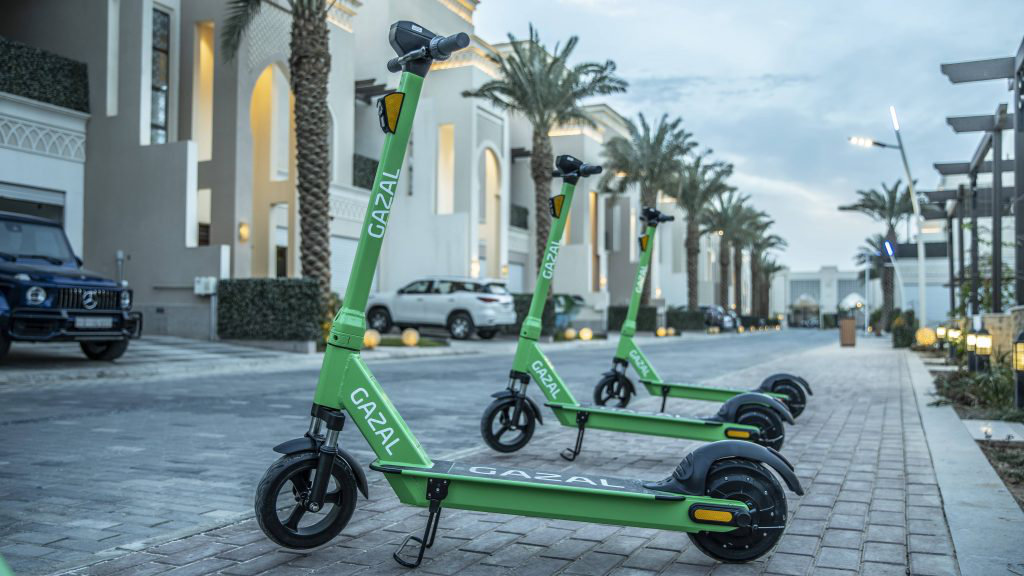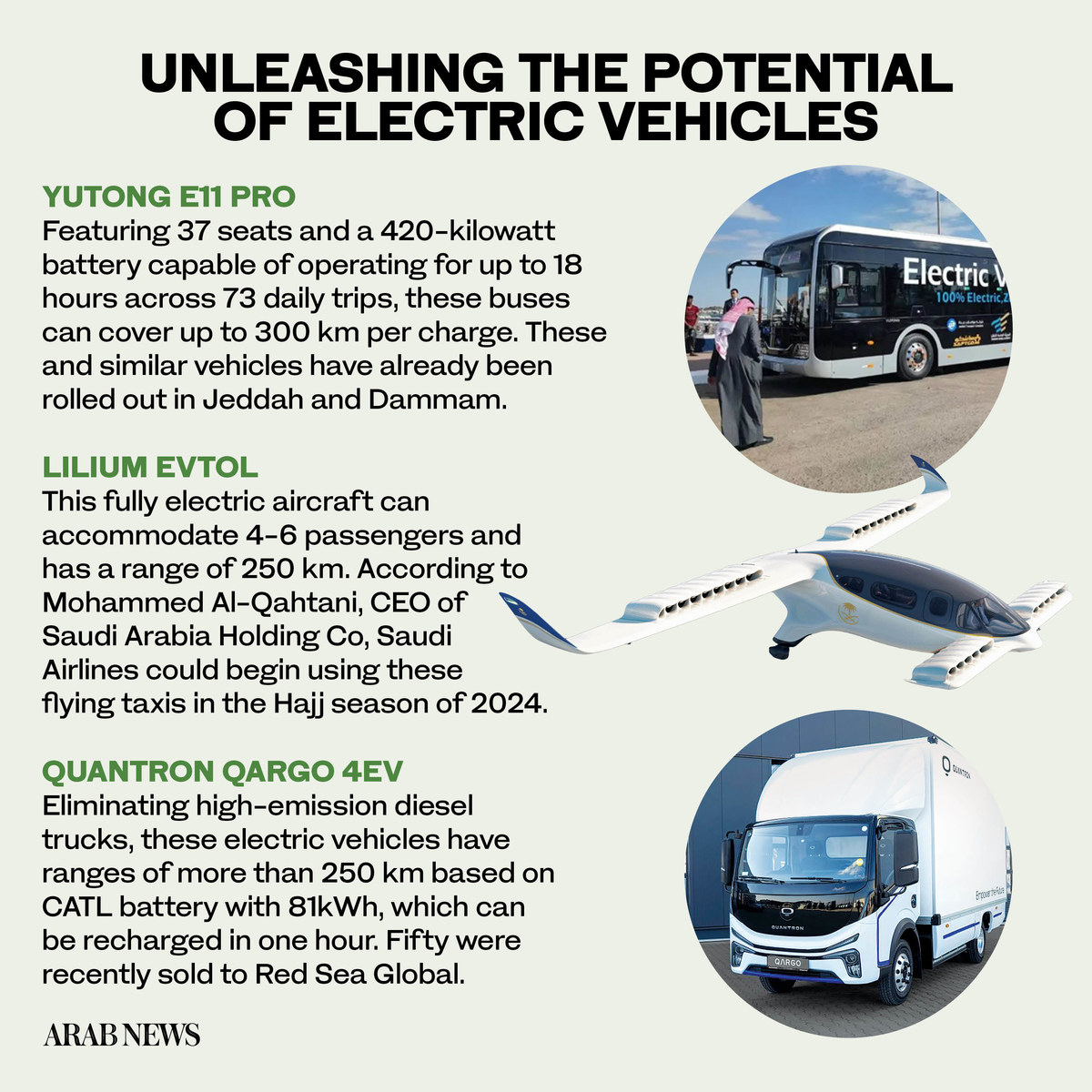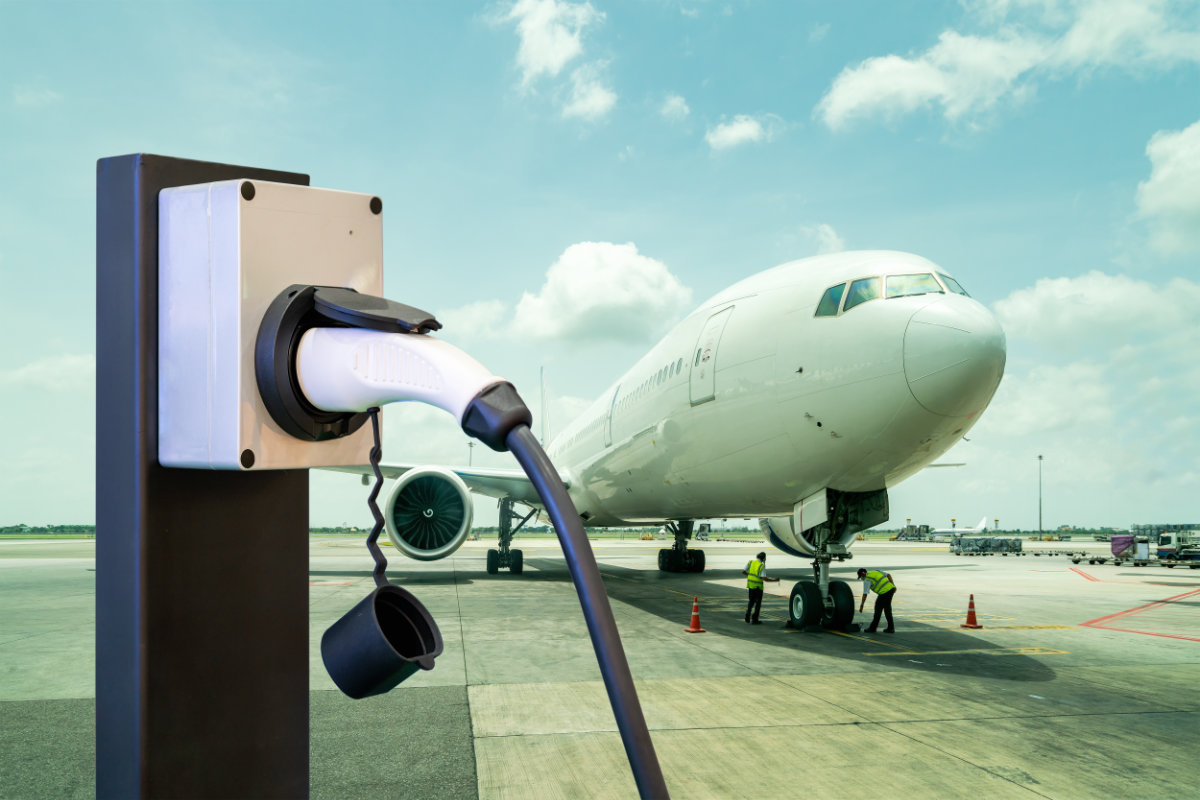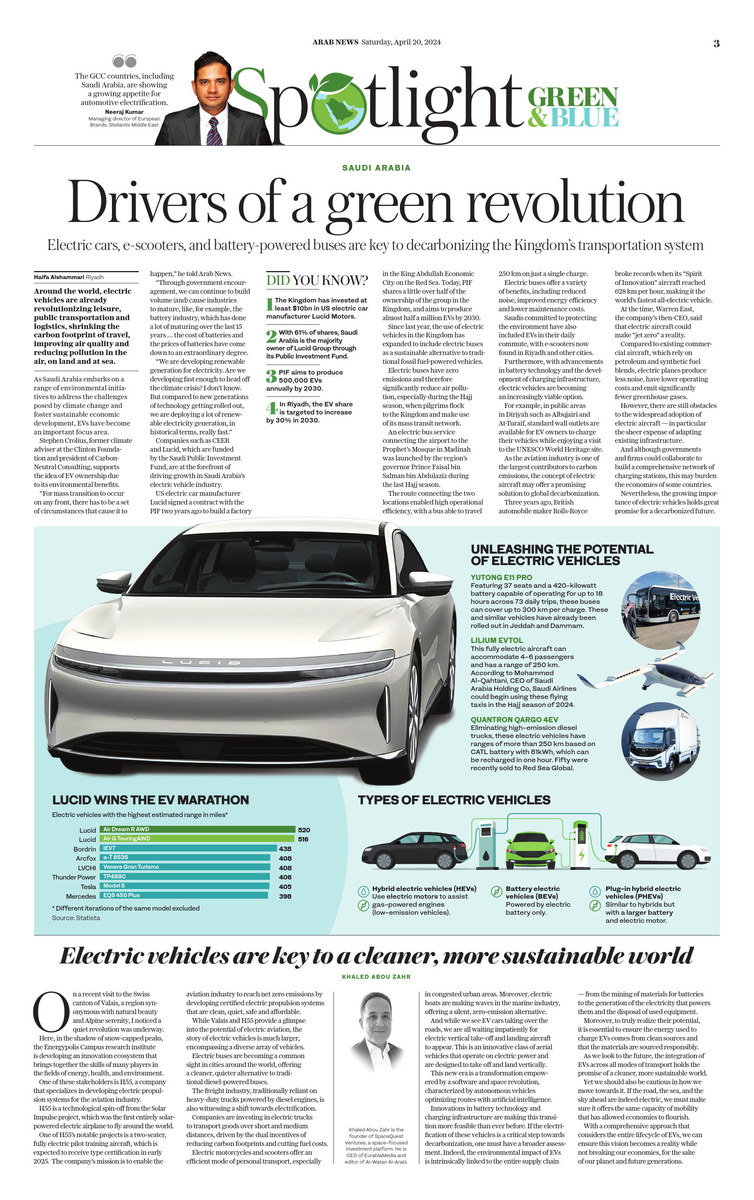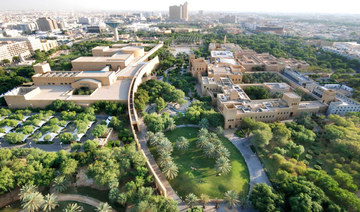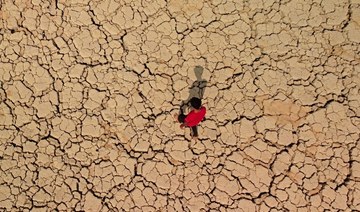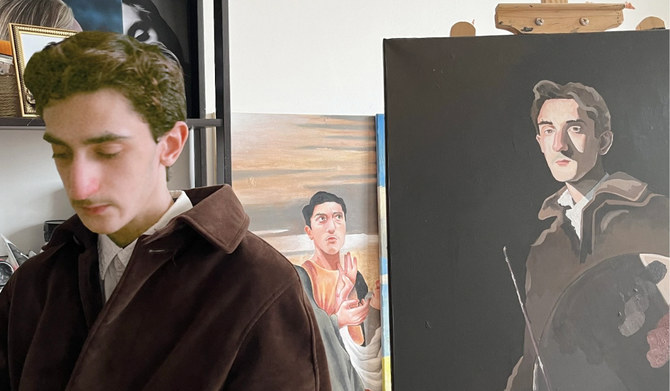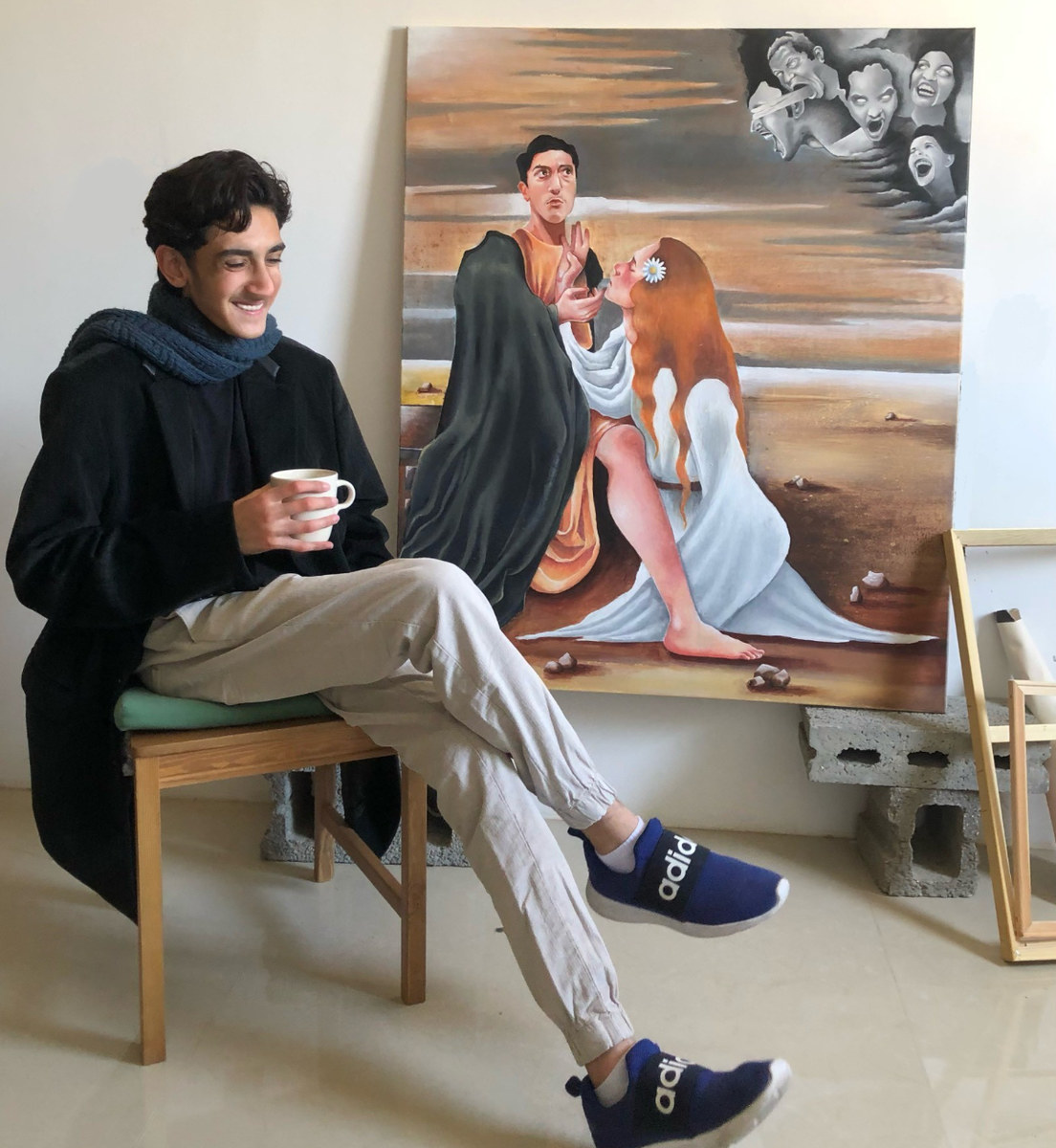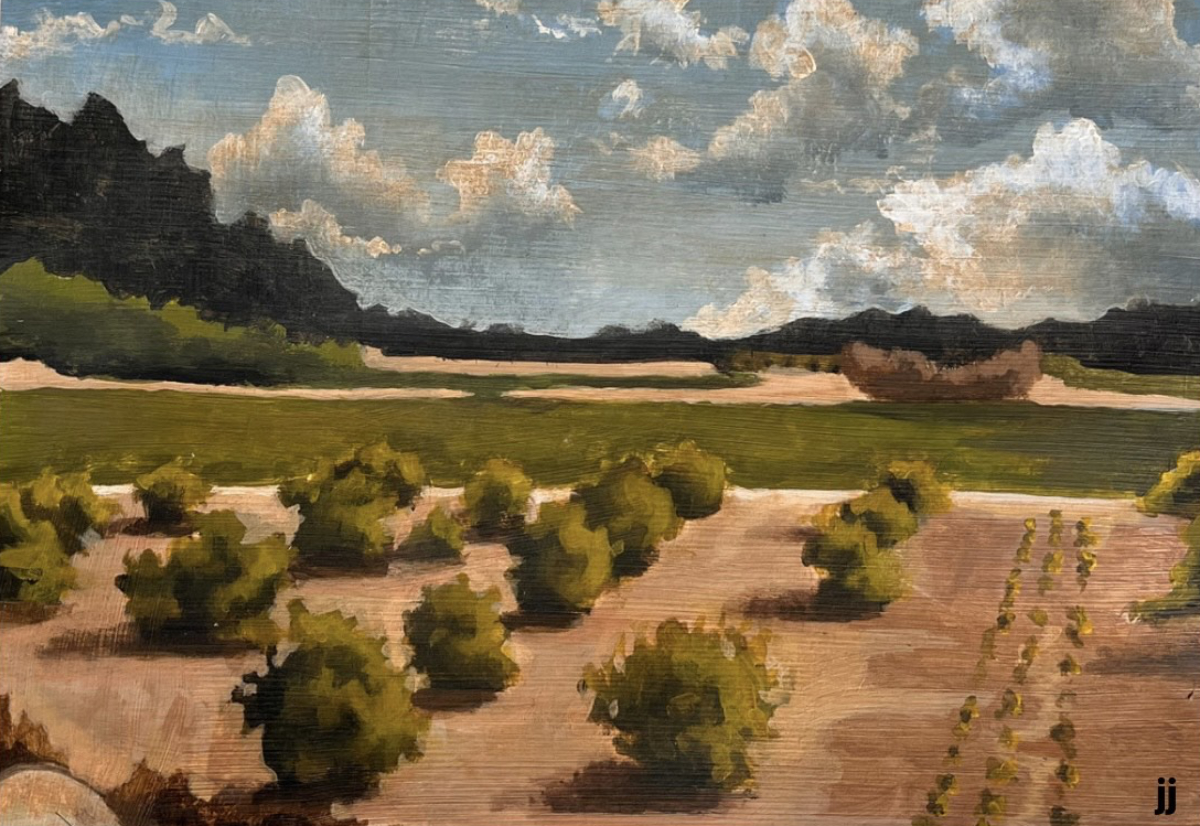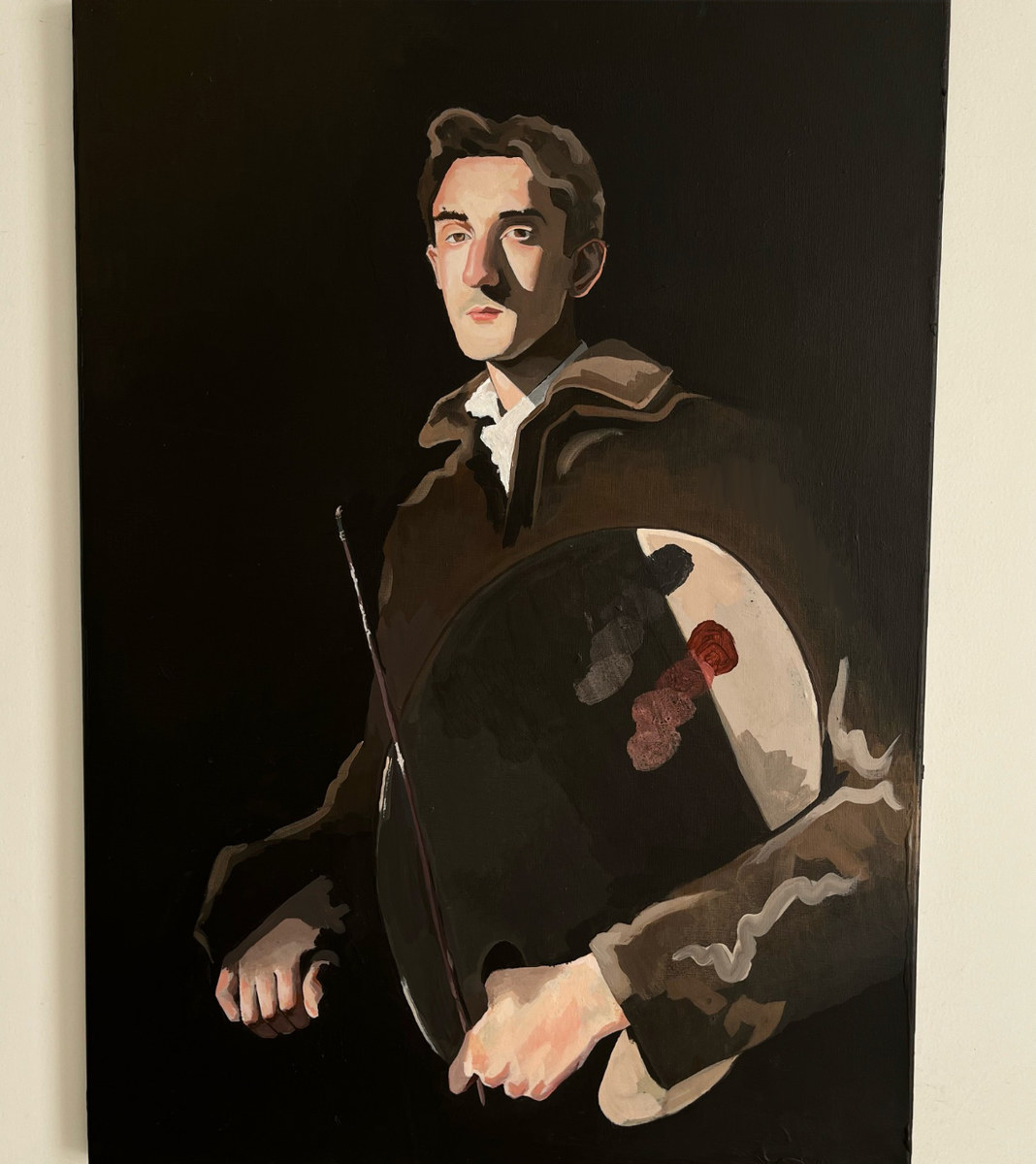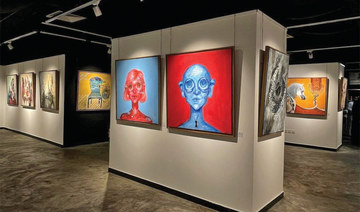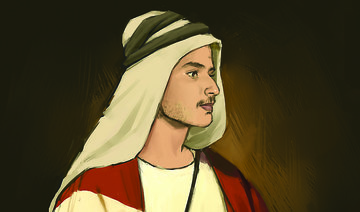DHAHRAN: Every year, the King Abdul Aziz Center for World Culture (Ithra) Summer Camp gives children an opportunity to explore their hidden talents and express themselves through projects. Under the supervision of their Ithra instructors, the children are encouraged to ask questions and inspire new ways of thinking.
“An important element of the camp is to foster a culture of curiosity about the things around them,” said one of the instructors.
This year, more than 1,000 children attended.
The camp unleashes their imagination and allows them to indulge in creativity and innovation. They are taught to focus their passions, identify their interests and pursue them enthusiastically.
To most of the kids, the camp was not just a recreational exercise but also an opportunity to explore their interests in a dynamic environment, where learning and fun go hand-in-hand.
One of the campers, Abdul Karim Al-Yahya, 11, said it was an extremely positive experience, which delivered practical learning in a collective and inclusive setting. Al-Yahya said he had been to two programs before joining the Engineering Group, where he assembled a radio and a desktop module, inspired by his father’s engineering background.
The camp helped him realize that he wants to follow in the legendary footsteps of Ali Al-Naimi, former president and CEO of Saudi Aramco and later minister of petroleum and natural resources.
HIGHLIGHTS
Ithra’s Summer Camp offered children an opportunity to explore their interests in a dynamic environment.
The camp offered seven programs for children aged 4 to 15.
This year, more than 1,000 children attended the camp.
When asked why he pursued two other programs, Al-Yahya said: “I was keen to search and explore my own talents. I want to give a chance to explore all my skills and then decide my future course.”
He had previously completed the Game Maker and Junior CEO programs, where he created a board game and found imitating a CEO to be an inspiring experience. Al-Yahya said that he learned a lot from the programs and would like to return next year.
Ithra’s Summer Camp offers seven programs for children aged 4 to 15.
The most junior programs, Little Inventors and Under the Sea, are for children aged between 4 and 6. In the inventors program, children learn about the story behind many inventions. They could aspire to become scientists, marine engineers, divers, inventors or designers. In Under the Sea, the kids go on a maritime journey and learn about the wonders beneath the waters.
Junior CEO, designed for kids aged 7 to 15, will introduce prominent businesspeople to teach the children about real entrepreneurial experiences.
Super Canvas, for the same age group, allows the children to unleash their inner artist and explore the work of the greats such as Picasso and Edvard Munch.
The Engineering Group, for kids between 7 and 12, is among the most popular courses. The program utilizes problem-solving tactics so future engineers can consider improvement in the modern world. Almost all branches of engineering are covered.
Game Maker, another popular program, teaches children about different types of games and lets them develop their own. Several graduates of the program have produced their own games.
Sound and Action, on offer for children between 13 and 15, gives campers a chance to explore components of films, such as sound engineering and its role in film and video production.
Fares Al-Adel, 7, a participant in the Super Canvas program, aspires to become an actor. “Life itself is a canvas filled with so many colors. I want to be an actor and experience those real shades of life and share it with my audience,” he said.
Abdul Malik, who loves action and wants to be a policeman, said: “I want to fight bad men and arrest them. I want to make life safe for all.”
Abdul Aziz is in the Super Canvas program but wants to be an entrepreneur. He did not see any contradiction in these choices, as the camp allows children to enjoy multifaceted learning.
“Art is my passion, which I will pursue during my leisure time. Business will be my profession, which I will conduct with the same energy,” he said.
Jawan Al-Zahrani is dedicated to becoming an architect. He was member of the Engineering Group and created a beach house. “One day I will design my own house,” he said.
Leen Al-Marzooq, 8, believes that she belongs to the world of fine art. A member of Super Canvas, Al-Marzooq loves artifacts and the art of renowned artists. “My future career will revolve around art,” she said.
The camp delivers on its promise to give children a solid foundation for their future careers in a collaborative, encouraging and expertise-driven environment. This experience is just a small step in their success, but it will contribute immensely in their evolution as committed citizens driving the future of the Kingdom.










